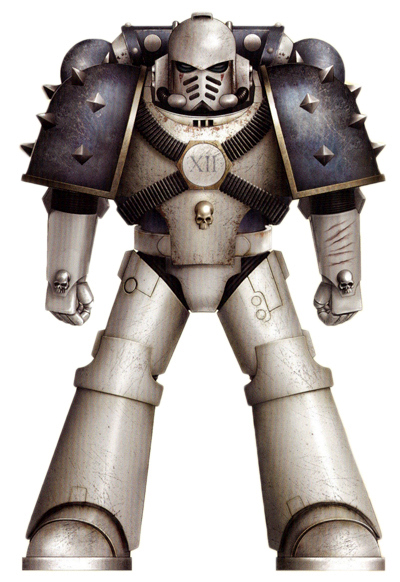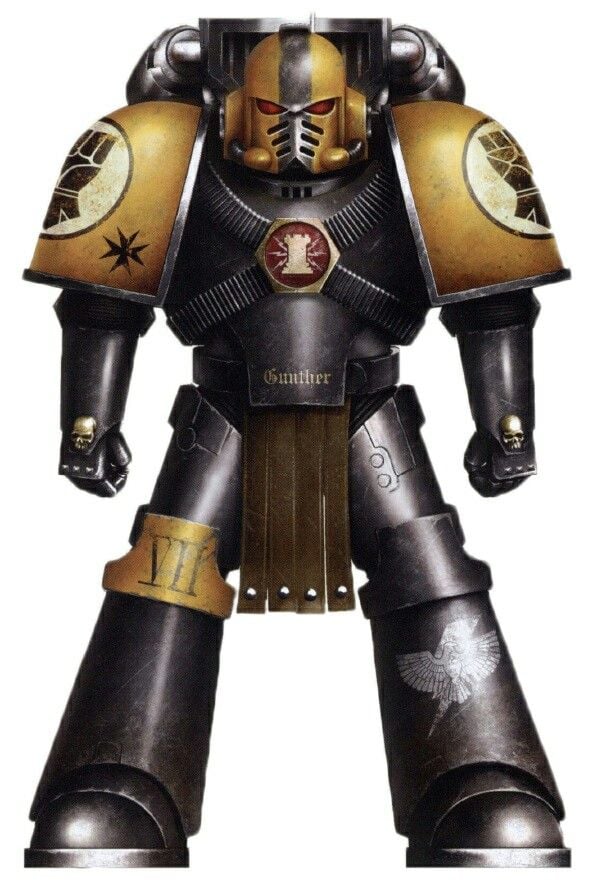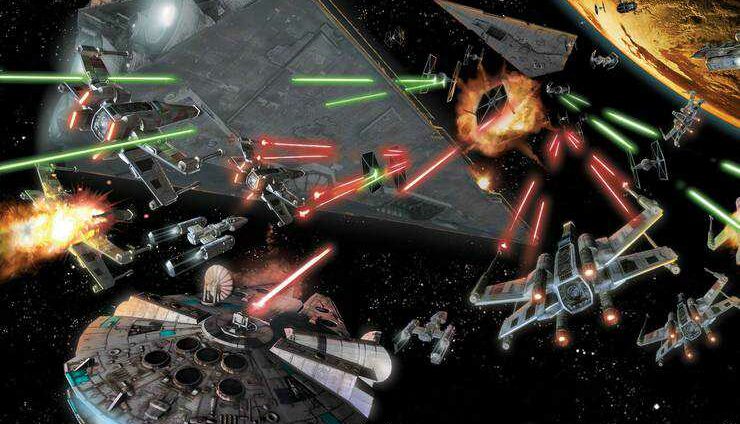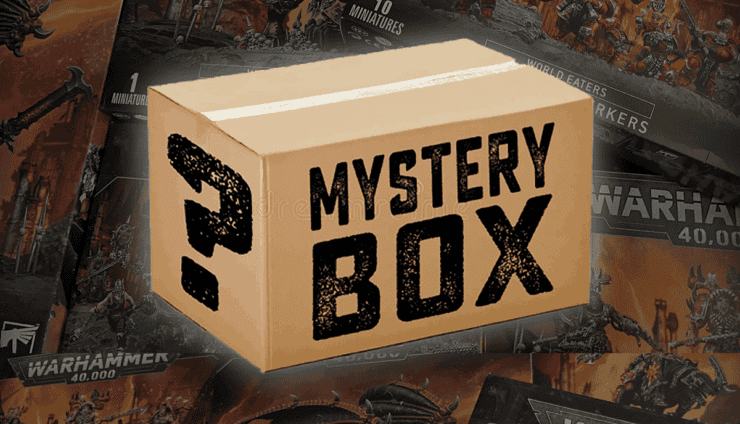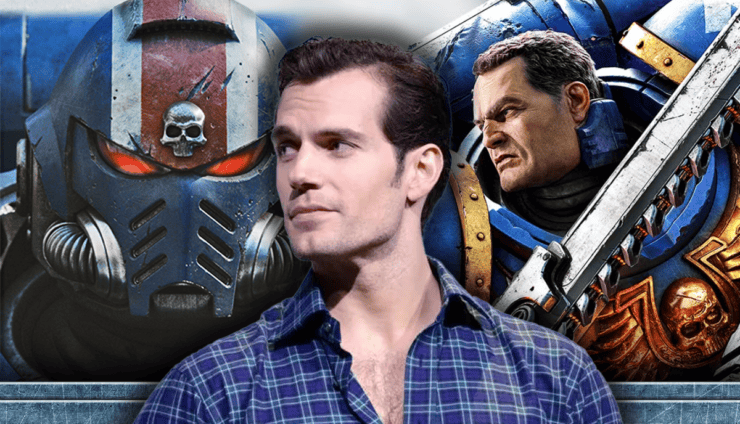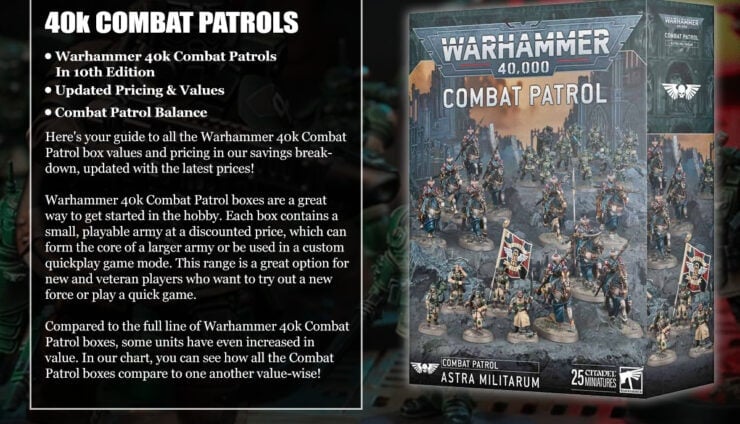With new Mk IV marines on the way for Horus Heresy, lets take a look at the venerable Maximus Armor!
World Eater Mk. IV Power Armor (Above)
Via our friends at Lexicanum
Overview
Power armour is fully sealed, isolating the wearer from the outside environment and protecting him from gas weapons and harsh atmospheres. It also commonly includes numerous auxiliary systems such as communicators and auto-senses. The backpack contains the main power plant, environmental system and additional stabilizers. Whilst power armour is most commonly associated with the Adeptus Astartes, the Sisters of Battle and many Inquisitors also use powered armour of one sort or another. Typically however these armours may not contain the same strength-enhancing properties or life-support functions of Space Marine power armour, nor do they provide the same amount of protection. All armour may further be augmented by various artifacts, relics and enhancements such as pauldrons and greaves.
Power armour has been in use since before the Age of the Imperium, from the techno-barbarians of Earth to the original Space Marines created by the Emperor. Over the history of the Imperium, power armour has developed into many different forms. Need, circumstances and recovery of new materials and technology has shaped the armour’s evolution.
Space Marine Power Armour
Space Marine Power Armour is an extraordinarily sophisticated defensive system which combines huge resistance to physical damage with a sensory array and sealed environment which protects its wearer from the ravages of the void and alien atmospheres. Integrated with the armour are networks of electro-motivated fibre bundles which mimic and augment the muscular strength of the wearer. The true genius of the design, however, lies in its close integration with the already superhuman physiology, senses and reflexes of the Space Marine within. Working in concert, armour and Astartes together become a weapon without equal.
Each suit of Space Marine Power Armour is a work of supreme artisanship, and although it may be one of many, each is a unique artifact whose spirit and history is of deep spiritual significance to both the Chapter to which it belongs and the Space Marine who wears it. It can take decades to complete just one of the new Mk VII power armour, so it is often easier to make spare part for an existing suit than it is to make a completely new one.
There are numerous different Marks of Power Armour, most of which date back in terms of design and application many thousands of years ago to the time of the Great Crusade and the Horus Heresy. Each has its own lore and genesis in place and time. Even in the 41st Millennium some intact suits from this near-mythical age survive in active service as war-relics of the Space Marines. Countless others have been produced or reacquired since, and different Chapters often have entirely different panoplies they can call upon to armour their forces. It is also far from uncommon for more recently fashioned armour to incorporate slivers or whole components from far older suits as revered connections to the past.
Space Marines go through an arduous process where they receive various implants culminating with the implantation of the Black Carapace, which allows the Marine a direct and instinctual interface with the armour, making it in effect a second skin. The advanced systems of Space Marine power armour also monitor the Marine’s biological functions, feeding the medical information to the Marine.
Components
While Space Marine Armour has evolved and changed over the Millennia, key components remain the same.
- Auto-senses: Contained in the helmet, these systems include thought-activated communication arrays and audio filters, targeting reticules and range finders, tactical displays and auspex-links, and a host of other features.
- Photolenses: Protect the Space Marine from light bursts and allow him to see in the infrared and ultraviolet spectrum’s as well as enable vision in low-light conditions.
- Respirator Vox Grill: This thought-activated device amplifies a Marine’s battlecry to deafening volumes and contains a respirator to filter out toxins and draw upon an internal oxygen supply.
- Auto Responsive Shoulder Plates: Shaped to deflect and absorb incoming blows, they usually display heraldry including Chapter, Company, and Squad symbols.
- Chestpiece: Designed to protect armored power cables.
- Backpack Power Unit: This houses the primary power core for the armour, as well as reserve cells and an emergency solar collector.
- Life Signs Monitor: Regulate a suite of life support functions, including an injection system that can regulate painkillers, anti-toxins, and combat stimulants.
- Nutrient Reservoir: A self-replenishing high-energy food store that can sustain a Space Marine’s metabolism. Thus during battle, there is no need for a Space Marine to eat or drink.
- Reinforced Greaves: These incorporate gyroscopic stabilizers and power units that can magnetize the soles of the armour’s boots, allowing Space Marines to walk on metal surfaces in the void of space or zero gravity environments.
Mark 4 “Imperial Maximus Suit”
At the end of the Great Crusade the Space Marines found their armour wearing out. While some Legions chose to continue local production and maintenance, the Adeptus Mechanicus of Mars started to design a new variant for centralised issue, which was to be designated the Mark IV or Imperial Maximus suit.
At the Mark IV stage of the power armour development, Space Marine armour began to take on an appearance recognisable as contemporary power armour, the main change being the abandonment of the separate abutting plates in favour of larger inflexible armour casings incorporating flexible joints. This marginally reduced mobility but was far easier to produce and maintain.
Technical secrets recovered on newly conquered worlds allowed Mars to develop the more efficient armour, improving the quality of protection and reducing the suit’s weight at the same time. Improved armouring of the power cables allowed the main arm and chest supply to be safely relocated to the exterior of the armour, while the use of new material reduced the size and number of cables.
The helmet was a completely new design, the basic shape inspired by the sweeping front of the Mark III. In Mark IV and later versions the helmet is no longer fixed, but moves with the wearer’s head. This represented the constructors increasing experience with neural connector gear and the new materials which flooded into the Martian workshops as the Crusade progressed.
Mark IV armour was envisioned at the time to be the ultimate and final type of Space Marine armour, able to offer the best protection in a variety of conditions. Many of the Space Marine Legions were entirely or partially re-equipped with it, although the order of which Legions recieved the armour would shortly prove to be of significance. As a result of its widespread production and use prior to and during the Horus Heresy, Mark 4 suits are the most common of the pre-Heresy armour Marks still in service during the 41st Millennium, although only a few Chapters – such as the Red Scorpions and Iron Hands – still possess the technology required to produce new suits.
Space Marine Power Armor Marks
Which mark of power armor is your favorite?
